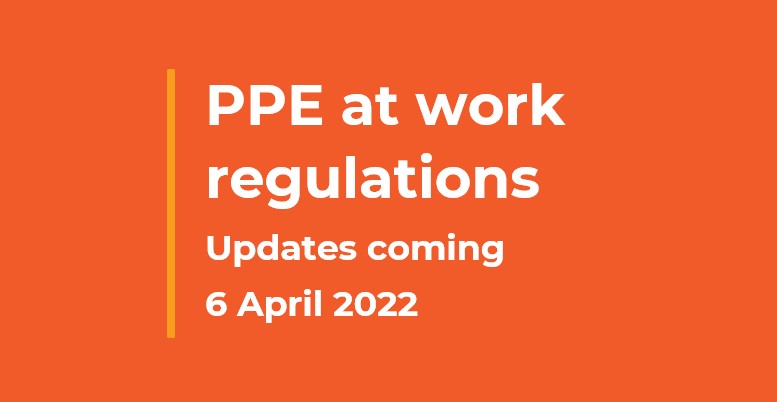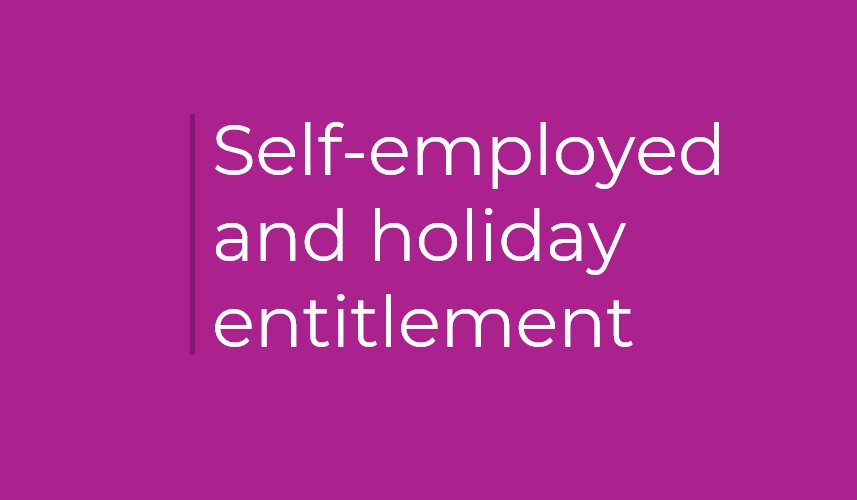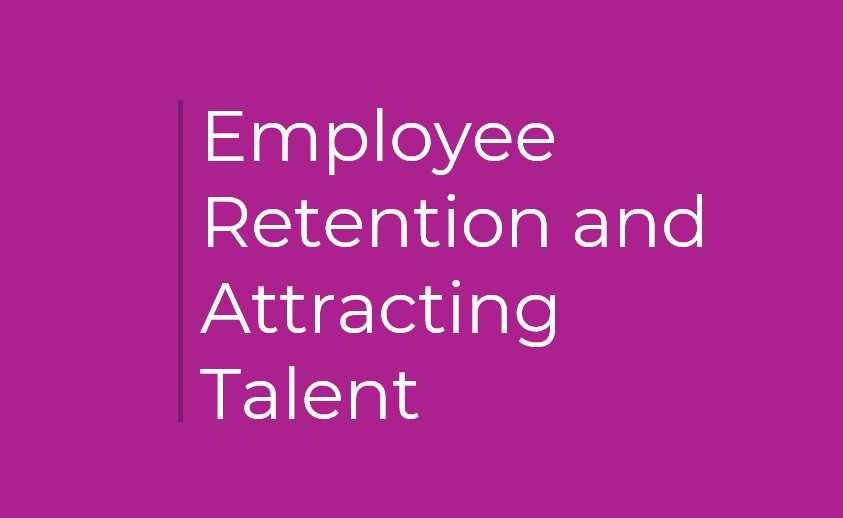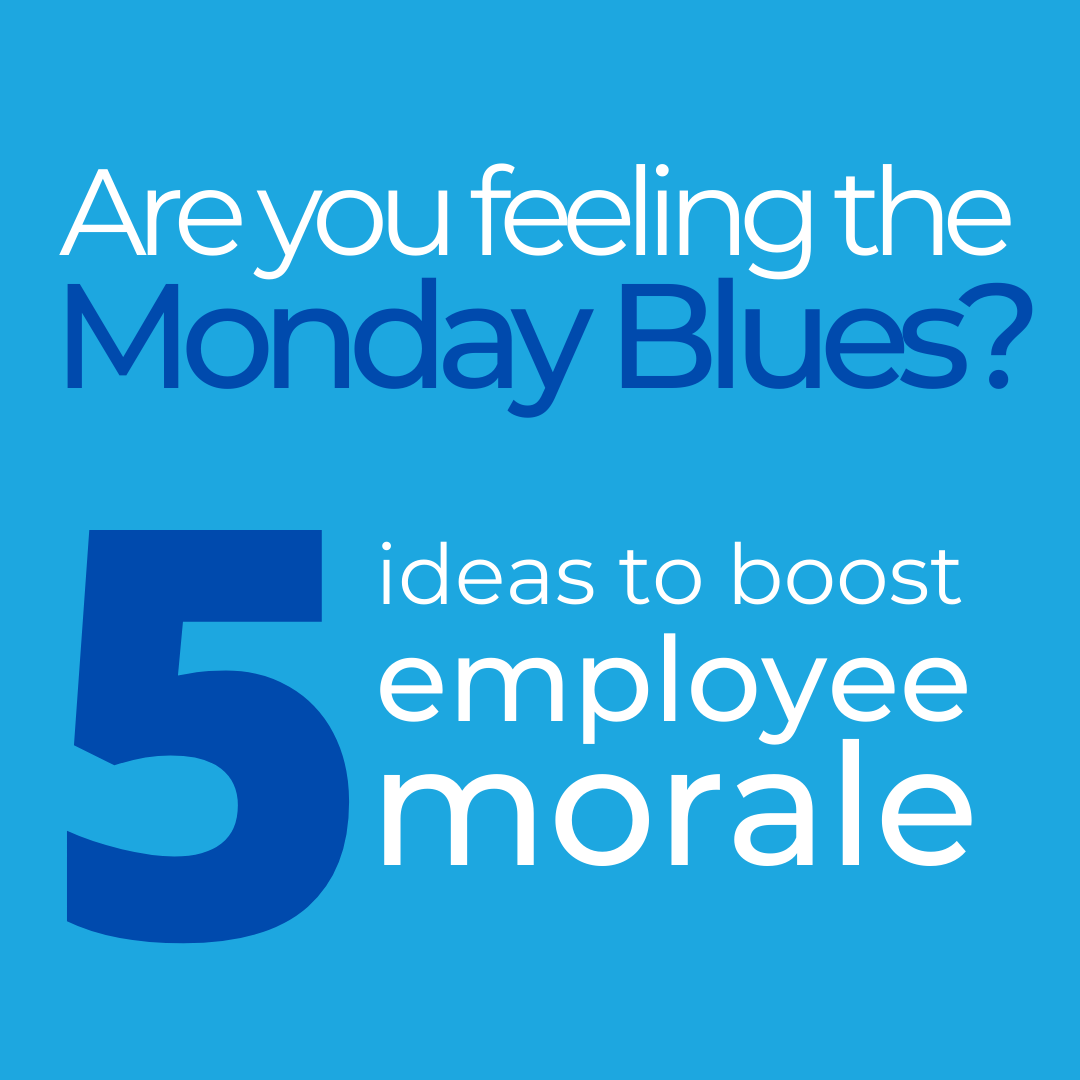HR Advice from HR Experts
Return to Work Interview
The return to work interview is a great chance for employers to speak to their employee about their recent absence.
This may occur after:
- Long term absence
- Excessive sick leave
- Part of your absence management policy
This guide will talk you through what are necessary steps to take and what you can gain from a positive return to work interview process.
Download Guide
What is return to work interview?
A return-to-work interview should be conducted by an individual’s line manager following each period of non-attendance.
They should be conducted as soon as it is practical to do so following their return to work (or carried out virtually if face to face is not possible).
The benefits of a return to work interview
An employer has a duty of care to the employees and open, two-way discussions will help to foster this positively.
It’s important to approach the meetings with a genuine air of empathy and openness and a desire to help find solutions with a view to improved attendance and support for the employee.


What happens if someone returns before their sick note runs out?
If an individual returns to work before the end of the period for which they have been certified sick, a discussion is needed to assess their fitness to resume normal duties to ensure they are covered on the company insurance, and whether there are any H&S implications to consider.
Employees are entitled to return to work before their sick note expires and GPs are highly unlikely to issue fit for work notes.
If you don’t think it is safe for the employee to return, you may have to consider a medical suspension on pay and in these cases we advise that you seek advice.
Do you need advice?
Our HR consultants are here to help and answer all your question. If you would like a dedicated HR consultant, make an enquiry today.
The interview should cover the following areas
What should I cover in such a return to work interview?
-
In the meeting remind the employee that they have been missed and they are a valued member of team and of the impact on others when employees are absent.
-
Discuss the reason for their non-attendance.
-
If appropriate, explore any underlying causes contributing to non-attendance.
-
Use this opportunity to review the employee’s attendance record over the past 12 months – discuss trends/patterns/concerns etc.
-
Consider any workplace adjustment and whether there is a need to carry out a risk assessment – what will it entail, who will carry it out and when?
-
If appropriate, re-emphasise the importance of regular attendance.
-
You must be clear on explaining what they will be paid during this phased return so the employee is clear on situation – usually they will only get paid for the hours they actually work unless you agree otherwise.
-
Concur with the employee what has been discussed and agreed during the meeting so there is no uncertainty.
-
If appropriate agree to meet again to review – set times in diaries (i.e. if adjustments are being made or if the employee has been on long term absence it may take a while to adjust back to full time work).
Did you know, we also have an award winning software that includes a quick and east risk assessment builder.
Are you ready to start building your risk assessments? You can purchase our software today.

Do I need to do anything after?
Following the return to work interview the outcome of the discussion will be documented by the line manager a copy kept on the individual’s personal file. Obtain their signature to the form once the notes have been tidied up so that both agree the final version.
How to manage absences
Did you know, we have an absence management tool that will improve your absence management procedure and provide valuable reports that will highlight any absence trends.
-
- Log employee absences
- Absences recorded on employees electronic personnel file
- Bradford Factor scoring report
- Absence trends report
Take control of your absence management today, prices start from £2.50 per user, per month*.
*based on software only package for 0-9 employees



